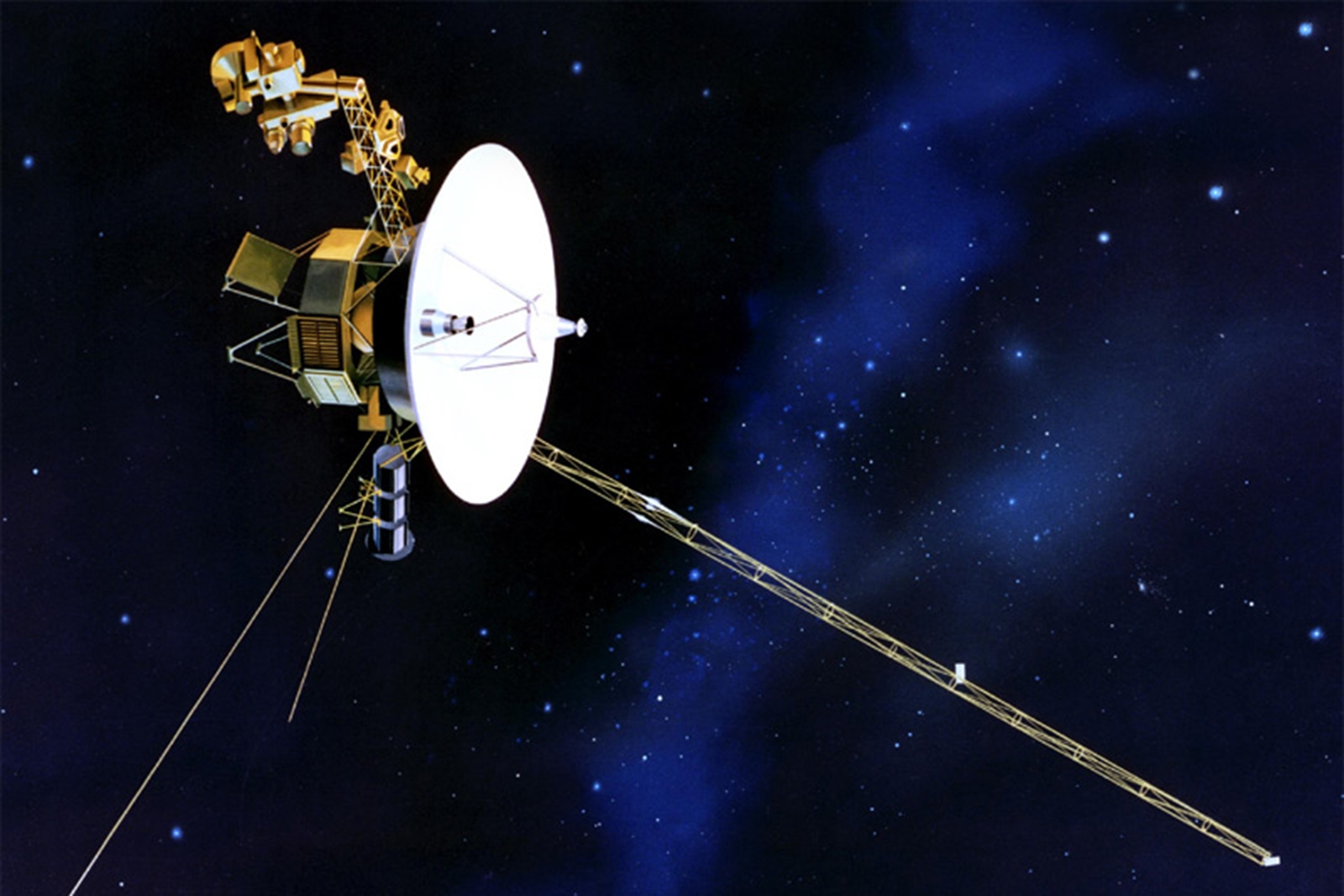The Voyager probes are still contributing to science over 40 years later and billions of miles from home. Researchers have detected a new form of cosmic ray electron burst using instruments aboard Voyager 1 and 2. Coronal mass ejections from the Sun created shockwaves that first manifested as near-light-speed electron waves, followed by plasma waves and then the shockwaves themselves.
The electrons appear to have been propelled after reflecting off a strong magnetic field at the edge of the shockwave, with the wave motion and interstellar magnetic field lines respectively accelerating and guiding the electrons. The concept isn’t new (it happens with solar winds), but scientists haven’t seen interstellar shockwaves in a new medium like this.
Researchers believes the findings could improve understandings of cosmic radiation and shock waves. Those could eventually help protect astronauts from radiation exposure on deep space missions.
The very existence of the findings is notable. Both Voyager probes are using relatively ancient hardware (the CPU clock runs at just 250KHz versus the gigahertz ranges of today’s chips), and it takes about a day and a half to communicate. It’s a testament to the resilience of the technology. Not that you’ll want to count on detections like this for much longer. The last scientific instruments on each spacecraft are expected to go offline around 2025. Even if there are no other breakthroughs, though, this could be a fitting sendoff.
(19)

